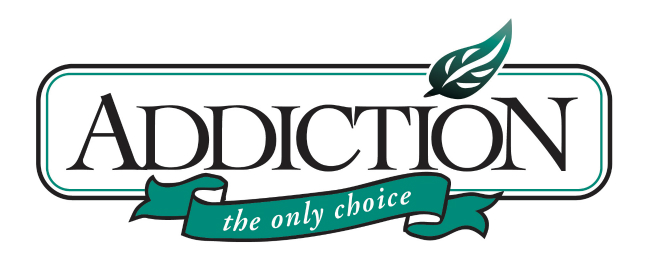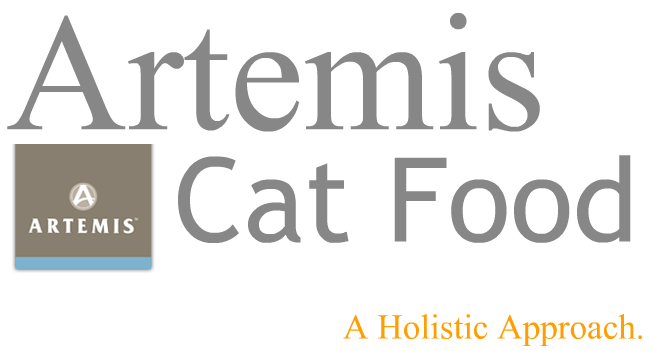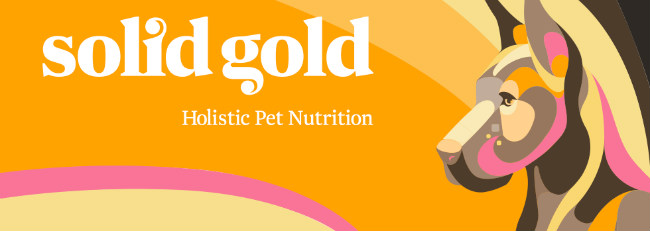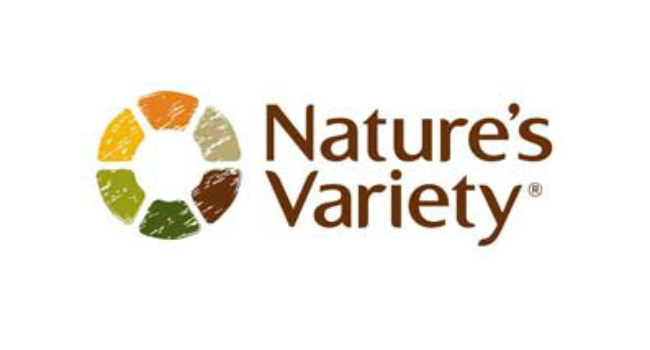Over the last few years, there have been several pet formula brands that have come under heavy criticism for their inclusion of harmful or questionable ingredients in their formulas. AvoDerm hasn’t been spared. Their inclusion of avocado in their formulas has come under quite a bit of scrutiny. Nevertheless, this pet food company has some of the fastest selling formulas in the market today.
The tuna and chicken wet formula with vegetables is one of the cat formulas created by the Avoderm Cat Food brand. According to the company, this formula is nutritionally balanced to support your cat’s healthy growth and living. The company also claims that this formula contains no grain and that it is a meat based protein formula.
Are these empty claims or are they substantiated? Read on to find out.
Ingredients in Avoderm Tuna And Chicken Wet Food
Tuna, Fish Broth, Chicken, Sunflower Oil, Carrots, Guar Gum, Green Pea, Tricalcium Phosphate, Taurine, Potassium Chloride, Avocado Oil, Choline Chloride, Vitamins (Thiamine Mononitrate, Vitamin E Supplement, Niacin, Riboflavin Supplement, Calcium Pantothenate, Vitamin A Supplement, Folic Acid, Pyridoxine Hydrochloride (Vitamin B6), Biotin, Vitamin D3 Supplement, Vitamin B12), Menadione Sodium Bisulfate Complex (Source of Vitamin K Activity), Minerals (Zinc Oxide, Ferrous Sulfate Monohydrate, Manganese Sulfate Monohydrate, Sodium Selenite, Copper Proteinate, Potassium Iodide), Carrageenan.
These ingredients have been formulated to meet the AAFCO cat formula nutritional guidelines.
Top 5 Ingredients Breakdown
The first 5 ingredients make up the larger nutritional percentage in this formula. Let’s go over them.
Tuna
This ingredient is a well known saltwater fish. There is some debate about whether fish products should be included in cat food at all, because cats by nature do not eat much sea food. A lot of cat owners would rather see meat from other animals such as beef, chicken, turkey, or other meat sources. However, tuna does supply a good amount of protein and also contains an excellent amount of omega-3 and omega-6 fatty acids.
Fish Broth
Fish broth is a mostly non-nutritious ingredient used to add moisture to the food. It is considered a better alternative to plain water and does provide an enhanced taste for cats. We do wish this broth came from a named fish source as the broth could have been made using almost any type of fish and almost any part of the fish. However, this is still considered a safe ingredient and we aren’t too concerned about the unnamed source this broth comes from.
Chicken
Chicken is a very popular ingredient for pet food and in this case, they are referring to whole chicken. This is a very high quality meat source and we are pleased to see it listed. However, whole chicken loses about 80% of its content during the cooking process since the majority of whole chicken is water. After the cooking process is complete, the amount of whole chicken remaining is substantially reduced. Therefor, while whole chicken is a great source of meat protein, this ingredient alone is not enough to provide sufficient levels of meat protein in a cats diet.
Sunflower Oil
Tomato pomace is an inexpensive by-product of tomato manufacturing. Effectively, it is what is left over after processing tomatoes for juice, ketchup, soup, etc. In all likelihood, this is the leftovers of what is cleaned off of the floors and other areas of plants that process tomatoes for other purposes. As such, this is probably used more as a flavor enhancer than for nutritional purposes.
Carrots
A good source of carbohydrates, vitamins, and minerals, carrots are becoming more common in pet foods. This ingredient is also known to boost the immune system and help promote healthy eyes in cats as well as providing a good source of fiber.
Additional Ingredients Of Interest In Avoderm Tuna & Chicken Wet Cat Food
Green Pea
Peas are becoming more and more common in pet foods today, especially those listed as grain-free, holistic, or natural pet foods. While peas are certainly not grains, they serve much the same purpose. It mostly acts as a filler and a cheap way to increase the protein percentage of the food. However, cats receive almost no nutritional value from peas. Since cats are obligate carnivores, they require proteins from meat based ingredients. There is very little research that has been performed on the long term effects of cats consuming peas. We do know that peas can cause runny poop or digestion issues in dogs, but the full effect on cats remains a bit of an unknown. At best, this ingredient will act as a filler and will not provide much nutritional value, if any, to your cat.
Taurine
Taurine is an essential amino acid that is critical for normal heart muscle function, vision, and reproduction in cats. Since cats are unable to create proper levels of taurine in their body naturally, it must be supplemented in their food. That’s why you’ll see this ingredient listed for so many different cat food blends. For cat foods that contain enough high quality animal based proteins, a taurine supplement may not be needed. However, most cat foods will need to add in additional taurine in the form of a supplement to the food. Even when included as a supplement instead, there is very low to almost zero health risk associated with this ingredient. In fact, a lack of taurine can cause a slew of issues, so it’s very important to make sure your cat is receiving enough taurine in his or her diet.
Guar Gum
This ingredient is also sometimes called guaran. It is primarily the ground endosperm of guar beans. The guar seeds are dehusked, milled and screened to obtain the guar gum. It is typically produced as a free-flowing, off-white powder. This ingredient is mostly used to thicken the food and give it more texture. It is an FDA-approved, all natural GRAS (Generally Recognized as Safe) ingredient used by the food and cosmetic industries. It also is used to improve the shelf life of the food and helps lower the glycemic index of food. Many cat food companies claim this ingredient also aids in digestion and weight loss. There is some minor debate about the benefits of this ingredient with some claiming negative impacts, but in general, this is thought to be a relatively non-nutritious yet safe ingredient.
Avocado Oil
Avocado is a pear-shaped fruit that can sometimes be dangerous to pets if the pit is consumed. Obviously when used in cat food, the pit is removed completely. While avocado is toxic to some animals, in dogs and cats, we do not expect to see serious signs of illness. Cat food manufactures will tell you that avocados are nutrient-dense and high in crude fiber. This fruit also contains vitamins A, C and E as well as vitamin B6. Avocados certainly area nutritious, but since cats are obligate carnivores, the nutritional value will be a bit limited. The good news is there doesn’t appear to be any real harm to including avocado and it may even help make the food more palatable.
Is it an allergy causing formula?
Judging from the ingredients list, it is highly unlikely that this formula causes allergies. There are no signs of common allergens like corn, soy or wheat. Therefore, it is ideal for cats with food sensitivities.
Ingredients To Stay Away From In Cat Food
Gluten – This ingredient is associated with causing allergies in cats. It is also known to raise sugar levels in cats. Over time, this can lead to diabetes. Gluten refers to the proteins found in wheat endosperm which is a type of tissue produced in seeds that’s ground to make flour. Many pet food manufactures will use this ingredient to help boost the protein percentage of the food.
Artificial flavoring – While it might seem obvious, we have some concerns about the use of artificial flavoring in cat food. This ingredient is usually derived petroleum and there have not been many studies done on the effects it has on cats. Unfortunately, artificial flavor can come from a very long list of sources and there is no way we can verify how safe this ingredient is. We generally recommend not feeding your cat any “flavors” even if it is natural flavor. In the case of artificial flavor, we don’t see any benefit to having this included.
Corn, soy and wheat – All three of these ingredients are known allergens for many cats. In addition, many cats have problems digesting these grain based ingredients. Since cats are obligate carnivores, their digestive systems are designed to digest meat and not grains. All of these ingredients will help to boost the protein percentage in cat food, but not all protein is created equally. Cats do not digest plant based proteins in the same way as meat proteins and in fact, gain little to no nutritional value from these grains. Several “grocery store brand” cat foods include these products to keep the price down as it is a cheap filler to help make your cat feel full as well as a cheap way to add protein to the food.
Fortunately, the AvoDerm tuna and chicken formula with vegetables does not contain any of these ingredients.
Conclusion
Judging from the ingredients alone, this formula is an above average formula. Through it may contain a controversial ingredient (avocado), it has not stopped consumers from loving the product. This is evident from the numerous positive reviews from cat owners. This is probably because it is a grain free product. This makes it ideal for all cats, even for those with food sensitivities.




 Pet formulas under the Addiction brand such as the Unagi & Seaweed Entrée (wet) cat food seem to command a large following. With rave reviews on their products littered all over the internet it is only natural for a pet owner who hasn’t tried this brand before to want to do so.
Pet formulas under the Addiction brand such as the Unagi & Seaweed Entrée (wet) cat food seem to command a large following. With rave reviews on their products littered all over the internet it is only natural for a pet owner who hasn’t tried this brand before to want to do so.





